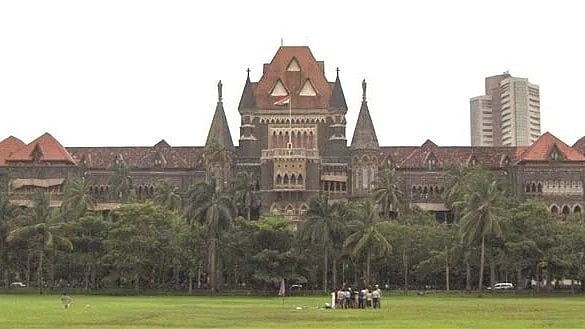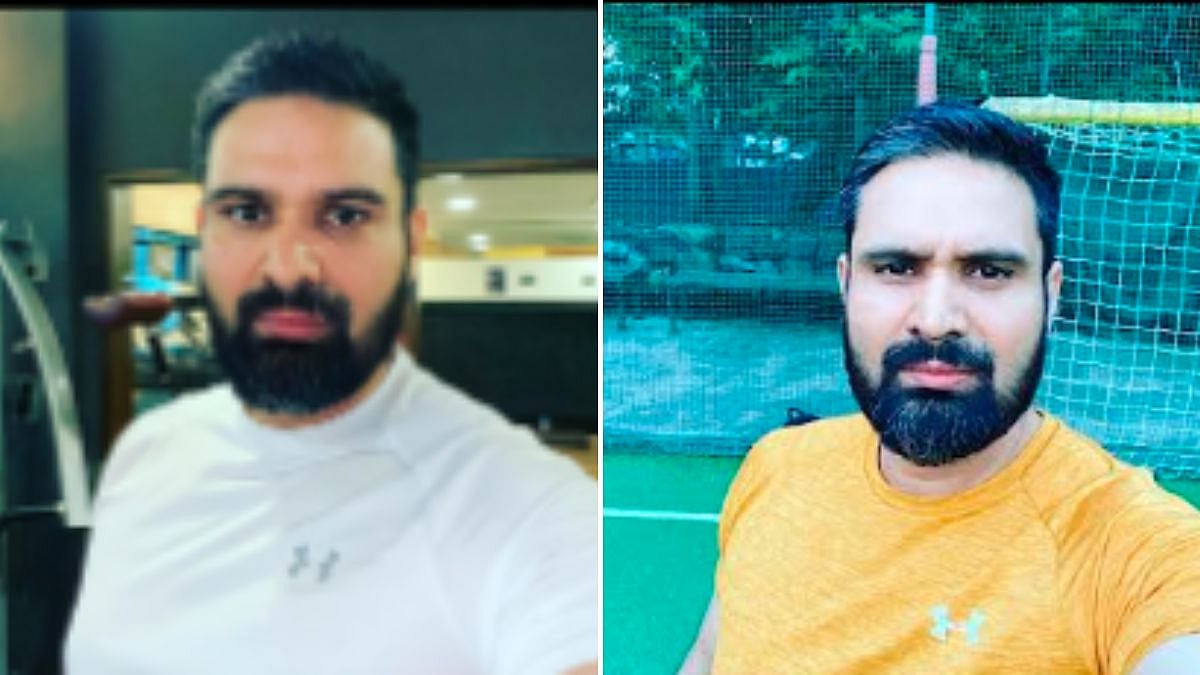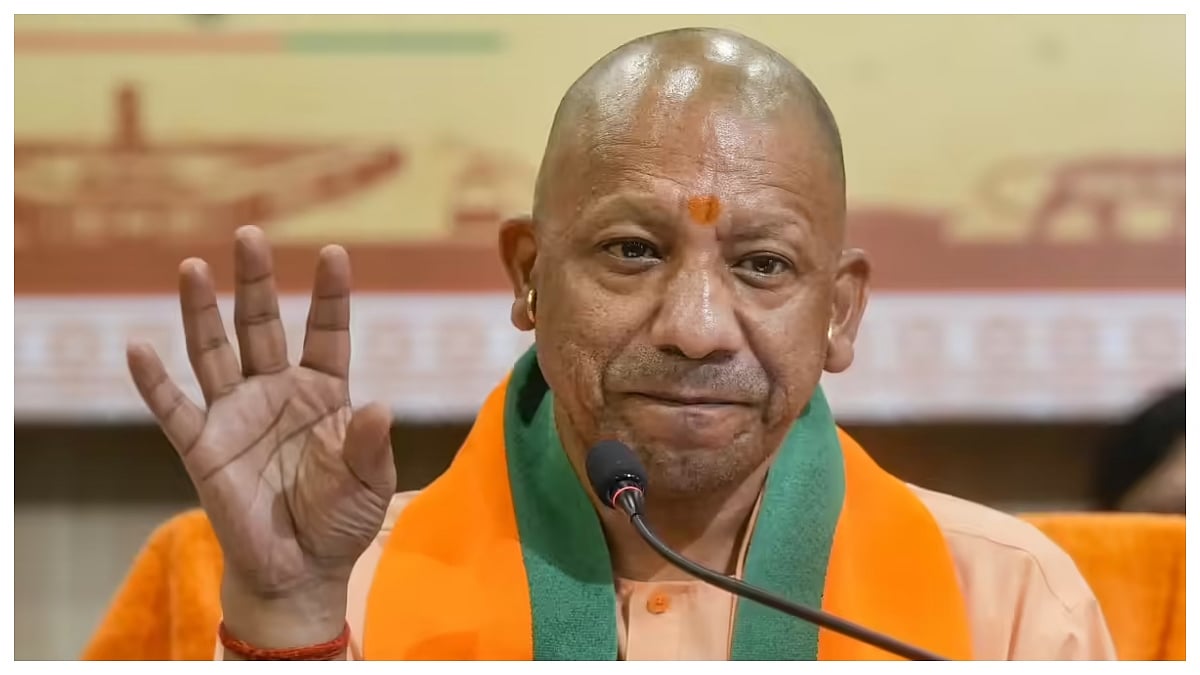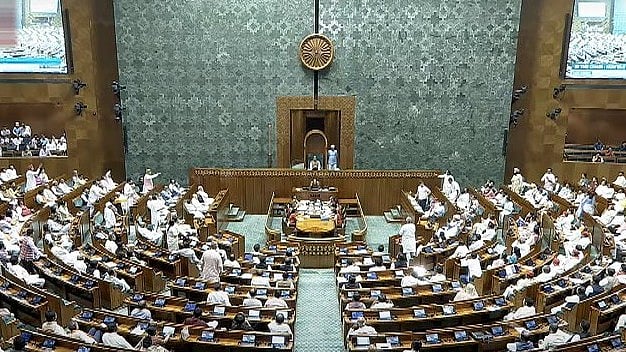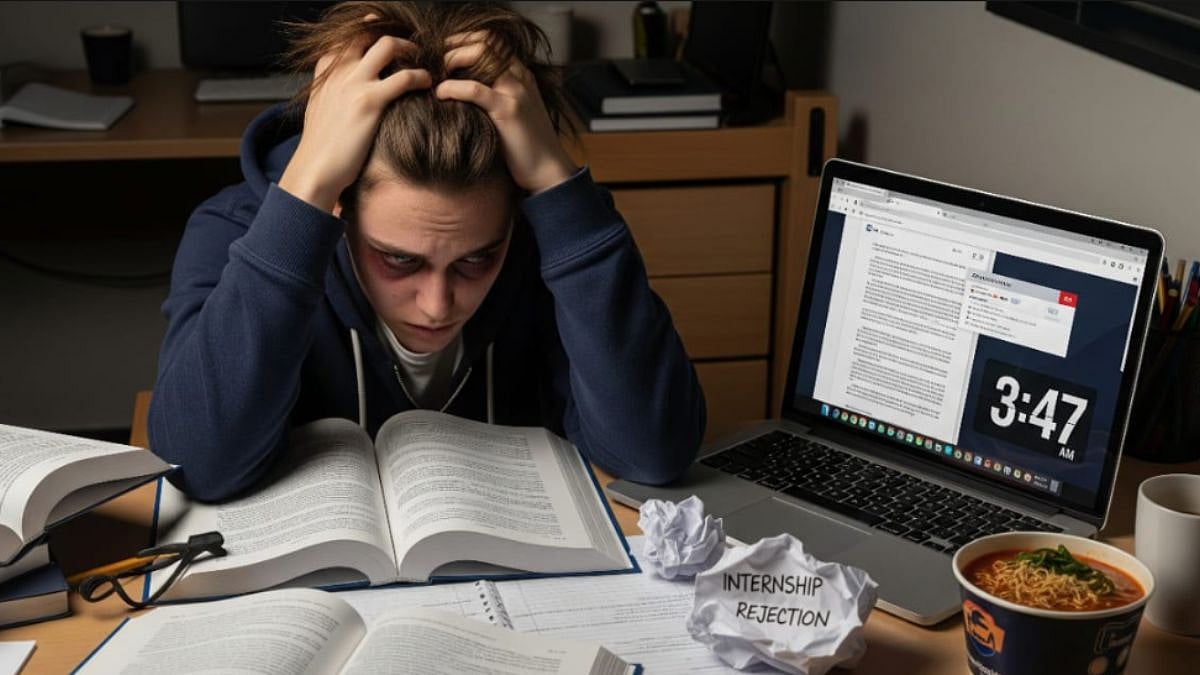A pandemic, a city on the edge, a Russian vaccine… things have come full circle for Mumbai in 125 years. And what better occasion than the eve of World Heritage Day to bring it up.
It would have been a very different Mumbai but for Russian scientist Waldemar Mordecai Haffkine who developed a vaccine for the bubonic plague of 1896 that hit Bombay and Poona.
Room no. 000 of Byculla’s Grant Medical College, which housed his laboratory exists, as does the Portuguese mansion subsequently given to him for research, now the Haffkine Institute in Parel. In fact, one can catch a glimpse of those days in the museum here.
Mumbai's living heritage
Unlike Delhi, Varanasi or even Ahmedabad, Mumbai is just 300 years old and lacks ancient monuments but it has gems such as Haffkine’s Institute; a case of living heritage.
Unfortunately, this blinded us to the true value of our heritage buildings till recently. For instance, rooms came up in the wide verandahs of the Chhatrapati Shivaji Maharaj Terminus (CSMT), ugly extensions were made for a canteen, gargoyles knocked out ... It never occurred to the occupants, the Central Railway, that this was sacrilege. In fact, so poor was the upkeep that the iconic building leaked in the monsoon; slipshod water-proofing saw tar dripping on the faces set in the walls, one of them being that of philanthropist Jagannath Shankarsett.
The CSMT started getting the attention it deserves when it was declared a world heritage site in 2004 by the UNESCO. Constructed in 1888, the cathedral-like building is an outstanding example of the Victorian Gothic Revival style; Bombay’s answer to the Taj Mahal.\
The two grand structures flanking the CSMT that house the GPO and the municipality pale in comparison. The former is modelled on the Gol Gumbaz of Bijapur in Karnataka while the latter is a diet version of the CSMT. Both are being botoxed ever since their neighbour won the beauty pageant.
World heritage tag
It is not easy to get a world heritage tag; the site must hold an outstanding universal value which is beyond national boundaries and of great significance for future generations.
India has 38 such sites and Mumbai accounts for three of them. While the Elephanta caves, dating back to 2,500 years and predominantly dedicated to Shiva, became a world heritage site in 1987, the cluster of Victorian and Art Deco buildings near the Oval Maidan, barely one km from CSMT, got the tag in 2018. Prominent among the Art Deco structures are the Eros, Regal and Metro theatres and the buildings on Marine Drive.
Caves in Mumbai
While we celebrate our world heritage sites, we must also appreciate and conserve the fewer such sites the city has to offer; 591 as of 2012.
Apart from the Elephanta caves, the Mumbai region has 175 caves. Prominent among the ones in the city are the Buddhist Kanheri caves in Borivli National Park, visited by Chinese monk Hiuen Tsang in the seventh century, the Mahakali caves at Andheri, the Mandapeshvara caves at Borivli and the Jogeshwari caves, off the Western Express highway.
Jogeshwari, in fact, gets its name from the mother goddess Yogeshwari, one of the deities in the large cave complex. The caves depict several mythological stories; one shows the marriage of Shiva and Parvati while another depicts the couple playing a game of dice.
Till 15 years ago, there was a slum atop the Jogeshwari caves. Had they not been shifted, the beautiful caves would have gone the way of the ones at Magathane, Kandivli, which even the high court refused to protect, saying that there was nothing left to protect.
Coastal forts
Mumbai has four small coastal forts; at Bandra, Mahim, Worli, Sewri, and one atop a hill at Sion. The East India Company built a big fort overlooking the harbour. Its walls were pulled down in 1860 and only one small section stands on P D’ Mello Road. However, the area from CSMT to the Gateway of India is still called Fort.
Mumbai has heritage precincts such as Khotachiwadi in Girgaon and Ranwar village at Bandra which retain the old world charm. On the other hand, it has the forerunner of Nariman Point and the BKC in Ballard Estate which has a ‘London feel’ to it, thanks to its European Renaissance facades.
Mani Bhavan at Gamdevi which hosted Mahatma Gandhi and Rajgruha at Dadar where Babasaheb Ambedkar lived are memorial museums. This is not the case with Sardar Gruha at Crawford Market where Tilak lived and the bungalow in JJ School of Arts where Rudyard Kipling lived as a child.
Apart from the museum and the National Gallery for Modern Art, both at Kala Ghoda, the city boasts of the National Museum on Indian Cinema at Gulshan Mahal, a 19th century Victorian bungalow at the Films Division premises in Pedder Road, the Archdiocesan heritage museum at St Pius X college, Goregaon, the Alpaiwalla Parsi museum at Khareghat colony, the Coin museum behind the RBI building, the BEST bus museum at Wadala’s Anik depot, the Bombay High Court museum in the building itself and the museum created in the recently discovered bunker below Raj Bhavan, which used to be the British governor’s residence. In 2010, a tunnel and hall were found below the GPO too.
Haffkine Insitute
Incidentally, the Haffkine Institute used to be the Governor’s House. The Prince of Wales was felicitated in its majestic Durbar Hall during his visit in 1875. Since then it is used for public functions and many great scientists like C V Raman have delivered scientific orations here.
Among the museums in the offing are a textile mill museum at Byculla, a maritime museum at the Mumbai Port Trust premises and a police museum at the police commissioner’s office. Then there’s the sky museum on the 15 to the 18th floor of J K House at Breach Candy which should open once the pandemic is over. A case for a freedom movement heritage circuit, including the August Kranti Maidan and Azad Maidan, also has been made.
The numerous weekend heritage walks show the growing interest in the topic. Other positive signs are the restoration of the Royal Opera house, the Bhau Daji Lad museum, the Flora fountain, the Banganga tank, the Bandra railway station and the de-cluttering of hoardings on D N Road. Several public buildings such as the CSMT, the BMC, the GPO and the high court are now open to heritage lovers.
All this is because of the efforts of people such as Rahul Mehrotra, Abha Narain Lambah, Vikas Dilawari, Brinda Somaya, Tasneem Mehta and the late Sharada Dwivedi, who raised heritage consciousness.
Vocal for local
It is now up to citizens to act as the patrons and custodians of Mumbai’s heritage. Vocal for local, to quote PM Narendra Modi. For instance, British-era milestones must be protected from encroachers, defacing of heritage structures must not be tolerated and fencing and plaques can be put up at sites.
Leaders also must weigh in. The credit for Ahmedabad being chosen over Delhi and Mumbai as India’s first world heritage city in 2017 goes to Modi, who had been working on it for a long time.
Coming back to the Haffkine Institute, in 2015 the BJP-Sena government had approached it to part with three of its 22 acres for the Bal Thackeray memorial. The institute turned down the request, saying it needed the space for expansion.
There may have been another reason. In 1996, Shiv Sena goons blackened Haffkine director Vishwanath Yemul’s face over ‘irregularities’ and dragged him to Bal Thackeray’s residence at Matoshree.
But in another instance of things coming full circle, his son Uddhav’s plea to let the state-owned Haffkine Bio-Pharmaceutical Corporation Ltd manufacture the Covid-19 vaccine has been granted by the Centre.
The writer is an independent journalist based in Mumbai. He invites feedback at anilsinghjournalist@gmail.com

